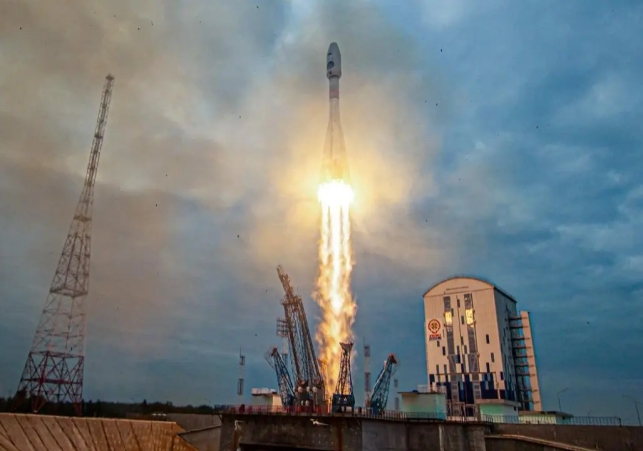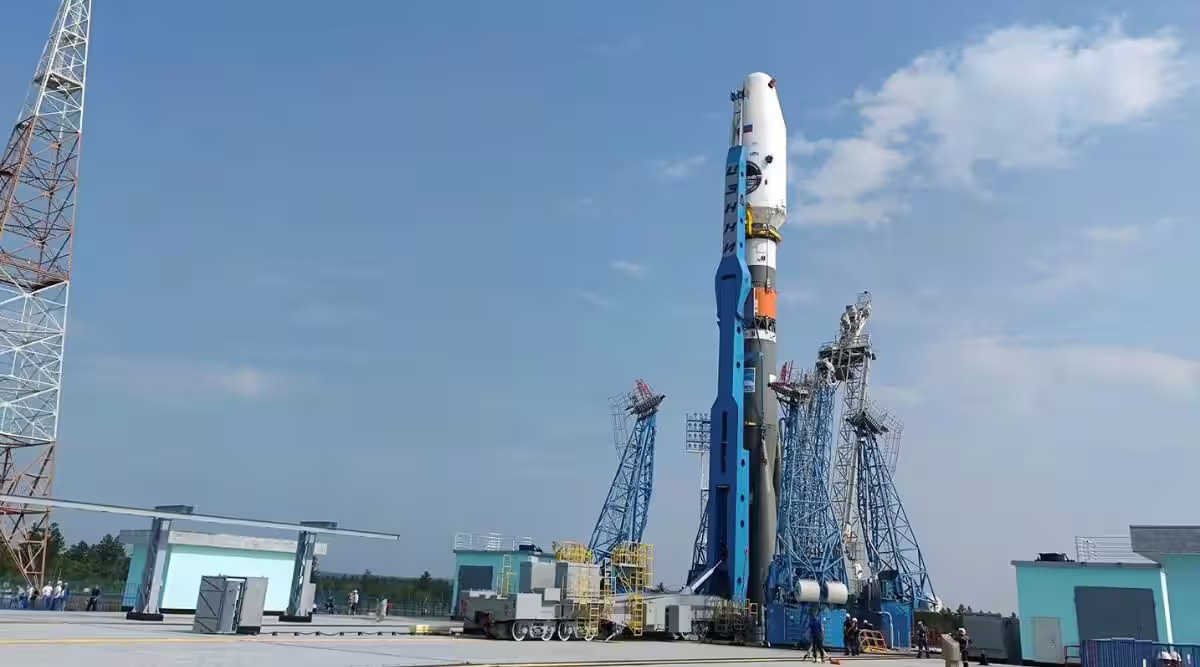

Russia: The Luna-25 lander will spend three to seven days about 100 kilometers above the lunar surface before reaching the crater region. Earlier USSR launched 24 Luna missions between 1958 and 1976.
Russia Moon Mission: Russian space agency Roscosmos sent its moon mission to the Moon for the first time after 1976, i.e., after 47 years. Russia launched the Luna-25 lander at 8:10 am (local time) from the Vostochny spaceport in the Amur region. According to the AP report, Russian scientists believe that Luna-25 will land on the south pole of the Moon by August 21.
Russia launched a Luna-25 lander with Soyuz 2.1B rocket. The length of this rocket is about 46.3 meters. Its diameter is 10.3 meters. Its weight is around 313 tonnes. This mission is also called Luna-Globe Mission.

The Luna-25 lander has been wholly manufactured in Russia. This is the first time Russia has made all the preparations for the Moon mission. Earlier, the USSR had launched 24 Luna missions between September 1958 and August 1976. On the other hand, if Luna-25 successfully lands on the Moon, it will land two days before India's Chandrayaan-3.

In history so far, only three countries have been prosperous in successfully landing on the Moon. These include the Soviet Union (USSR), America, and China. India and Russia have set a target of landing first on the Moon's South Pole.
Russia's space agency Roscosmos said it wants to show that Russia can deliver payloads to the Moon. Russia guarantees access to the surface of the Moon.
Its space program has been affected due to the sanctions imposed on Russia after the invasion of Ukraine. Analysts say that Luna-25 was initially designed to carry a small Moon rover. However, later the idea of reducing the weight of the spacecraft was abandoned.